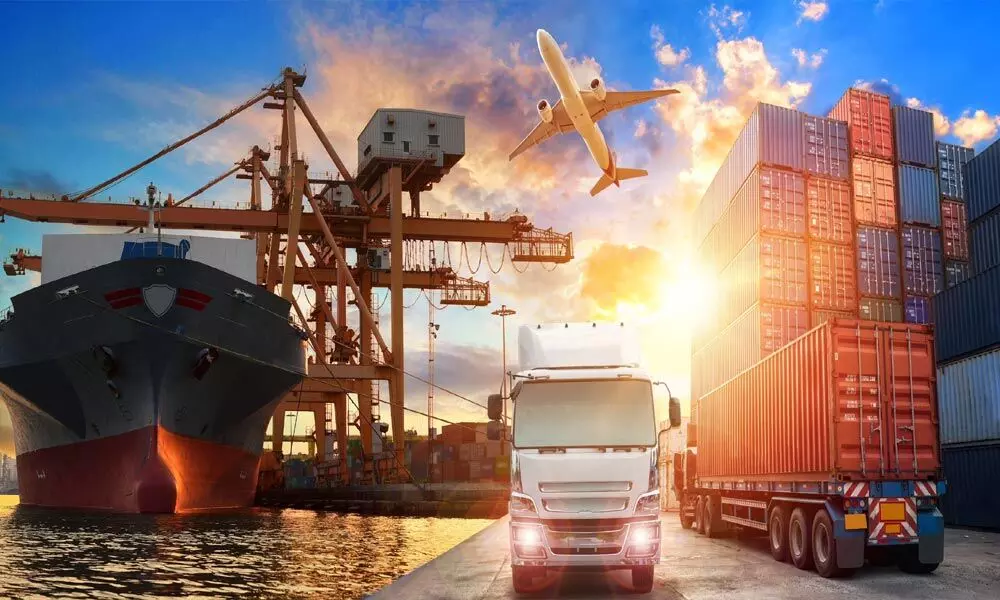Logistics industry on roller-coaster ride amid pandemic
This is the right time to truly capitalise on the increasing demand and take the learning to improve the existing system and infrastructure
image for illustrative purpose

Logistics has always been the backbone of our economy, playing an ancillary role in running the country. This became even more evident in the year 2020. With the country and the world going into lockdown the demand for efficient and uninterrupted logistic supply became paramount. As more people started spending time at home, online shopping turned into a haven for shoppers looking to purchase products without getting out of their rooms. While this turned into quite a lucrative opportunity for e-commerce retailers, this also became a testing period for logistic companies.
The Testing Ground
The logistic and shipping industry like any other sector is heavily dependent on manpower. An after-effect of the pandemic has resulted in a supply and demand deficit. There is a huge shortfall of skilled resources which are necessary to increase the first mile and last mile shipping efficiency. The boom in the e-commerce industry came at a time when the flights were not operational and all the movement was happening via surface. This along with staggered warehouse operational timings and less staff caused capacity issues all across the country.
While air movement of freight has since resumed, it is coming at a premium. But with the market becoming more price-sensitive any increase in freight cost is not justifiable down the line. All logistic companies are fighting for volumes across lanes. Some are trying to achieve this by increasing their serviceable pin codes while others are optimising their processes over their current serviceable tiers. The rising operational cost can only be validated by adding more clients and getting larger volumes.
The opportunity
The industry has seen exponential growth due to the surge in e-commerce. More and more people are purchasing and selling online. The barrier to entry has completely been razed as these days it only takes half a day to set up an online store and start selling. This requires a plug and play solution for logistics powered by seamless technology. This is where most logistic companies are lacking. There are still a lot of manual processes that are so embedded in the system that it has become difficult to move out the same. Investment and training are required to embed the best IT enabled practices that would provide real-time tracking, delivery updates, delivery agent comment validation.
This would make not only make the processes more transparent but would also encourage more businesses to venture into the e-commerce sector. Cash on delivery is still the preferred payment mode while ordering from any e-commerce store. While there have been strides made towards contactless delivery, the end-user is still not sold on paying in advance. The way logistic companies can capitalise on the opportunity is by becoming more efficient when it comes to COD order delivery. There have been numerous instances where the delivery agents give false remarks or there are delays in transit which doesn't mature into a pleasing experience for the buyer. The logistics companies need to be away from the scale of opportunity that is there and not just focuses on increasing their coverage but also on practices that can supplement the increased scale. The objective should be to make to process so seamlessly that the momentum that we have witnessed in the past year gets sustained.
There is no doubt that the logistic and shipping industry is poised to grow to a tremendous scale. We have only scratched the surface. But to get there a proper foundation has to be laid. The right kind of processes and systems have to be put in place and the best practices need to be inculcated on to the frontline workers. This is the right time to truly capitalise on the increasing demand and take the learning to improve the existing system and infrastructure.
(The author is Co-founder of Shippigo - a logistics automation company)

